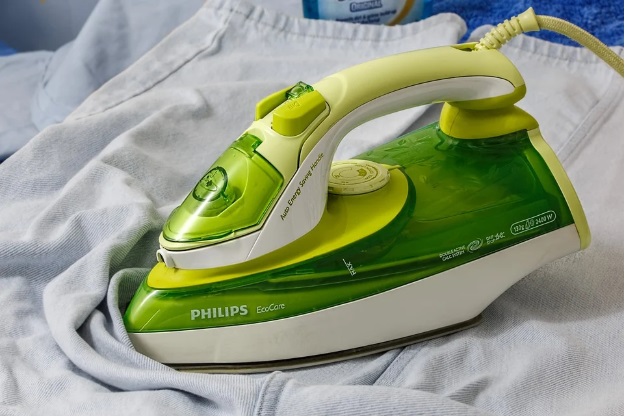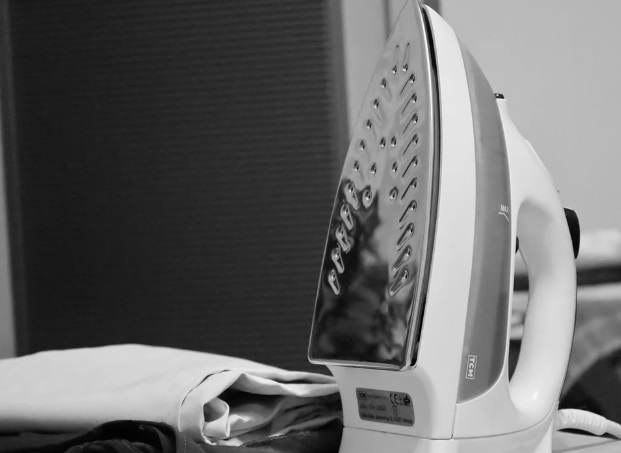
By Bretton Love
Fusible interfacing is a term often used but seldom understood by those who are not experienced in sewing. With words such as fusible interfacing, it is no wonder that people find themselves terribly confused and uncertain when it comes to this matter; however, fusible interfacing is not that complicated and can easily and readily be understood!
At the beginning of your journey into sewing expertise, you will, of course, encounter things that appear foreign to you at first; but with time, you will become familiar with them, and Fusible Interfacing is just one of these things. With a little bit of research and a smidge of determination, you too will soon be incorporating fusible interfacing into your next sewing project!
Over the following post, I endeavor to totally dispel any myths surrounding fusible interfacing and enable you to understand and use it. There is not an abundance of information with regard to fusible interfacing on the internet, so it is about time that the topic is explained thoroughly in detail!
By the end of this guide, you should be a professional in fusible interfacing and will have no excuse to not implement it into your next project!
What Is Fusible Interfacing?
Fusible interfacing, as a quick explanation, is the material you attach to a fabric using heat and adding firmness. When you use non-fusible interfacing, it is completely the same except that it is connected to the fabric by sewing as opposed to the use of heat as you do with fusible interfacing.
Fusible interfacing makes it possible for fabrics to hold their shape and firmness, preventing fraying and flimsy fabrics, keeping your fabrics firm and in shape. This is why fusible interfacing is so beneficial and such a good skill to learn.
Ordinary interfacing is regularly used to firm up the cuffs and collars of Oxford shirts and in the creation and firming of buttonholes; interfacing is incredibly versatile and is also frequently used to keep fabric stretchy but not from stretching so much that it becomes malformed. As you can probably tell by now there are a multitude of different methods of interfacing with their own respective attributes and uses each catering to a different texture or fabric.
- Fusible interfacing, as previously mentioned, an interface made through an extreme concentration of heat, and iron, to the fabric.
- Non-Fusible Interface: this has also been previously mentioned; this is when rather than applying heat to the fabric to make the interface, you sew the fabric on.
- Woven interface: this method of interfacing is made from a woven wrap. This cannot be extended or stretched and is treated like fabric; the texture best suited to this type is of course, in the name, woven.
- Non-woven interface: this is the type of interfacing completely opposite to the previously mentioned method and is very versatile.
- Knitted interface: this is ordinarily used for textures that are knitted, for example, a wool jersey or a fleece.
Different Weights!
Interfacing as with every other aspect of sewing comes in separate weight categories; the first, heavy; then medium, and then light. Depending on the weight of your fabric the interfacing will dictate how much strength it will have after you have had them attached to one another.

How Can I Get Started?
Well now you are more than informed on what fusible interfacing is; the different types; the different weights, and everything else included above, now it is time to get started! The first thing you will want to do when getting started is to have your fabric flat on the ironing board, on its right side – then, you will lay the fabric with which you intend on making the interface on the place where you want it attached. You must make sure that you interface on the bumpy side of your fabric – you then apply the heat and iron the fabric to create the interface for up to ten seconds. You will proceed to rotate the iron, lift it up, and then place it down again to create the interface. You then repeat this along the rest of your fabric where needed!
Congratulations!
You have just successfully learned to fusible interface! As with much in life, it was not difficult and only required a small amount of reading for you to become fully versed in the subject; now you can teach others! Fusible interfacing is the most versatile of techniques implemented into sewing, although there are at least a hundred others, this is just the first step toward completing your sewing goals and you will soon have the rest memorized. Sewing is not difficult when you apply yourself thoroughly and treat it as an art. With interfacing, you are able to create a multitude of clothing or fabric items: from wallets to jumpers, hoodies to shirts. You will be able to firm your collars and sleeves.
Fusible interfacing will keep the quality of your garments tip-top for as long as you intend to use them, or until they become spent. Fusible interfacing is a brilliant technique that requires very little as you have probably read and can be done by anyone at any time with the right equipment.
Interfacing carries many benefits, for example, the firming of fabric, as mentioned for shirts and collars; it can strengthen and make a fabric less flimsy in places it would ordinarily tear; it can also keep your fabric firm and nicely worn, so it does not wear away or stretch out of shape after the first time you put it on.
With all of the weights mentioned in this tutorial, you will have a lot to play with. The multitude of weights is also available in many colors, although ordinarily when one is interfacing it is usually the color white. Don’t be afraid to try a little variety from time to time.
With everything considered I am surprised you are still here reading when you could be interfacing right now! Do not waste any more time and start working on your next project!
Become a Harlem Insider!
By submitting this form, you are consenting to receive marketing emails from: . You can revoke your consent to receive emails at any time by using the SafeUnsubscribe® link, found at the bottom of every email. Emails are serviced by Constant Contact








